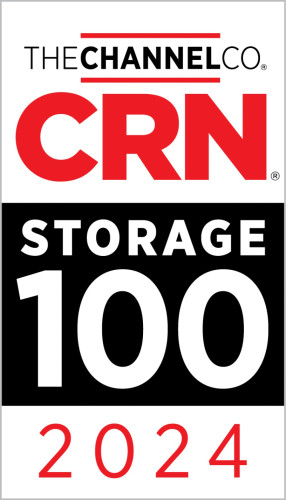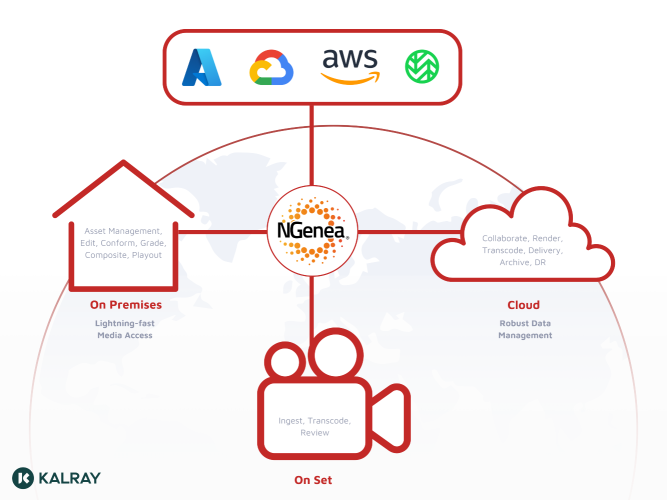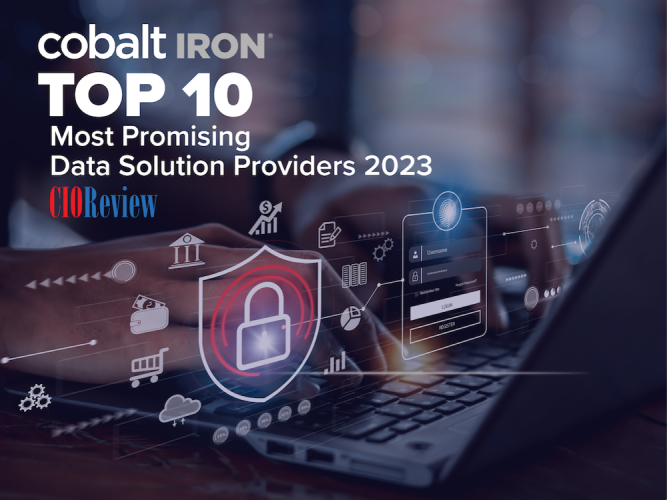by Simen Frostad Issue 95 - November 2014
People who like to find names for these things have dubbed this \'the information age\' - the age in which the most significant and transformative feature of human existence is the widespread and instant access to information. The term also carries the implication that it is the use of information as an engineering tool - engineering in a scientific, commercial and social sense - that is shaping the most important changes to the way we live now and into the future.
Cynics might suggest that for most of us this is \'the misinformation age\', and we all know from our experience of the net, social media, and the way the traditional media have embraced them, that the ease with which information is conveyed does not automatically improve its quality, or usefulness.
Of course the use of information as a technology has much deeper roots. Several millennia ago, writing developed in the fertile crescent as a way of regulating taxation, and around the 13th century double entry accounting by Florentine bankers allowed the economies Europe to accelerate. Both of these \'technologies\' are intangible in one sense, but both manipulated information and both had profound consequences for the human societies that used them.
Using the tangible silicon-based technologies of today we have the ability to gather, collate, model, analyse and project information on an unprecedented scale. It would be safe to assume that there are almost no aspects of our life which are inaccessible to this process, and that\'s simultaneously an intriguing and deeply worrying thing. How long will it be before the cute wearable tech on your wrist or face (which already transforms you into a walking data-gathering node) incorporates bionic functionality with a two-way capability?
But in the commercial sphere, use of information and data modelling is well-entrenched as an essential tool for business success. In science too, advanced data modelling and visualisation techniques help researchers make breakthrough discoveries and connections through complex datasets.
Data gathering and data presentation is core functionality for monitoring and analysis systems, and if they gather data comprehensively and present it intelligently, they make the most useful tools. If data is gathered with poorly-defined criteria and then presented without being filtered and moulded into intelligible form, then information becomes misinformation, and the usefulness of the system is reduced. The combination of the right criteria to select and filter data and easy-to-read graphic metaphors for presenting it add up to an effective decision-making tool.
But with the data-gathering capabilities of the most advanced monitoring systems, much more could be done. Monitoring and analysis systems are generally installed by operators who want to see if their infrastructures are functioning, and if their content is being delivered in good condition. But in the same way that the Babylonians invented writing to keep tax records, but their \'technology\' went on to be one of the most versatile and transformative human inventions, monitoring technology is capable of much more than telling you that your systems are working OK. The data gathered can be analysed in ways that offer open-ended potential for recognising new patterns and correlations.
Ten years ago Bridge Technologies developed its MediaWindow analysis tool, and by correlating to very different parameters - loss of continuity in the signal and increased jitter in the packets - MediaWindow made it possible to see exactly where packets were going, in a way that had not been possible before. It\'s a simple example of how correlation between parameters from different domains is the key to a more useful kind of analysis. Another would be the correlation between RF signal degradation at a terrestrial transmitter (which by itself would cause alarms in a \'dumb\' monitoring system) against weather data for the site: if the weather data shows very heavy rainfall, the RF degradation can be understood as transient, self-correcting, and not justifying action by engineers.
These basic examples demonstrate a principle: that by correlating data from a wide range of sources, and using more sophisticated visualisation tools to see into the data from any angle, monitoring systems have the potential to become powerful tools for discovery and invention. They can become not just a way of keeping a business on the rails, but of finding new ways of creating business and making it more profitable.





























